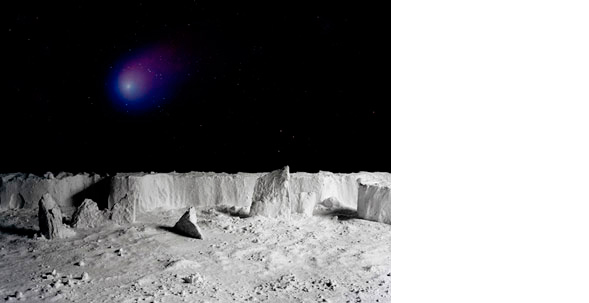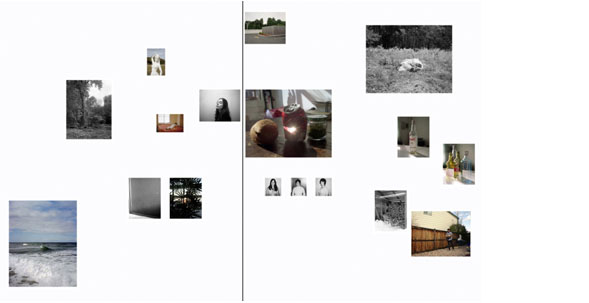DISPOSABLE: NOSTALGIA FOR THE STILL IMAGE | CURATED BY ORLANDO ESTRADA
June 12 - August 28, 2010
Dina Mitrani Gallery is proud to present the group exhibition Disposable: Nostalgia for the Still Image. Curated by Orlando Estrada, this show presents a reference to the obsolete disposable film camera and a connection to the disposable quality now associated with digital picture making. Disposable will feature eight emerging and mid-career photographers whose work addresses the connection between photography and memory and how the digital revolution is transforming the notion.
Photographs for many are a means of preservation, little relics from times past. These artifacts are treasured safeguards of our fleeting memories. The development of digital picture making devices and technology has warped our perception of images. It is certain that now thanks to the nature of digital photography, people are photographing more, but without the same emotional connection to the object that the traditional photographic process produces.
Danielle Bender uses photography as an ironic means of commenting on that emotional connection and obsolete technology. Bender searches for VHS format home-video footage and then re-photographs it using a 35mm camera. Her photographs serve as the ultimate lament for the traditional photographic medium. Grant Willing, photographing using film, produces compelling images, which emphasize the things themselves; photographs. Presented in varying sizes, his composition of photographs emphasizes their physical characteristics as opposed to being only about the images they contain.
In his Faded series, Luis Lazo manipulates his own family’s portraits to capitalize on the nature of traditional photographic prints: eventual decay. In his manipulation of the images, all information about the people and events being photographed is obscured until it is almost unrecognizable as a photograph, making references to death and the past. Abner Nolan, who also uses vernacular photography, employs found negatives from garage sales and flea markets, pairs them with celestial imagery, and printis the images on non-archival-sure-to-turn-to-dust-in-ten-years newsprint paper. A silent dialog of the unknown is formed, a theme also represented in the work of Samantha Salzinger.
Salzinger works with meticulously constructed dioramas which she photographs using a 4x5 view camera. She then scans her sheet negatives, and in the case of her Outer Space series, digitally constructs the sky and atmosphere of her invented landscapes. Unlike Salzinger, Humberto Torres chooses to capture in photos a landscape that is actually vanishing rather than a ephemeral brain map of alien worlds. Torres makes his work in the Florida Everglades and the Ten Thousand Islands off the southwestern coast of the state, an environment currently threatened by what is estimated to be the worst oil spill in United States history. Poetically, his fascination with a disappearing art and a dissolving landscape makes a statement about where and on what humans place value.
In attempt to expose our psychologically constructed world, both Colleen Plumb and Kyle Ford focus in on what Plumb refers to as “Fake Nature.” This theme connects back to the nature of photography today, in which the unavoidable question is always asked when something astonishing is seen in a photograph: “Is that Photoshopped?”
Over the past twenty years, the digital revolution has literally lowered the value we place on pictures. We have replaced tangible documents, such as prints and negatives, with phantom information stored on Stick Drives and Memory Cards. While the ability to instantly see what the camera has captured has its advantages, what is seen on a palm-sized LCD screen is usually clear, crisp, and candy-coated. The anticipation that builds with the time spent waiting to develop and process film keeps the medium magical and breathes life into our images and the memories we have connected to them.
The photographers in this exhibition, regardless of processes used, give the viewer back what the digital revolution has taken away; the sense of nostalgia associated with the visual documentation of places and things.
















